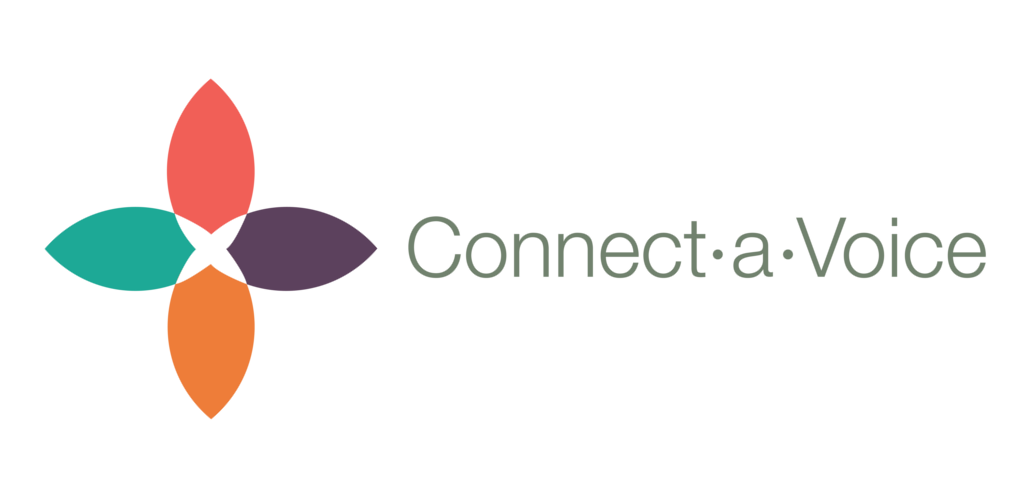My journey with Connect a Voice began one morning at a therapeutic horseback riding lesson with my daughter (who has autism). As I watched my daughter ride, I noticed her direct support professional took out her smartphone to post on social media about the horseback outing.
It wasn’t long after when I saw the same DSP haul out a massive three-ring binder. Inside was all the paper documentation she needed for my daughter. ISP checklists, timesheets, MARs, you name it.
I couldn’t help but think about all the issues that went along with that three-ring binder. Is carrying that thing from place to place a burden? What would happen if she were to lose it? How much does that cost her provider to print off all that paper every few days for all of their individuals?
I thought back to the smartphone. Couldn’t all that documentation be done on a mobile device?
Every DSP my daughter worked with had a smartphone and clearly, all of them knew how to use them. During on-the-go activities, such as horseback riding, a smartphone would be much easier to carry than a binder. Why can’t my daughter’s DSPs complete their documentation directly from their phone?
At that moment, Connect a Voice started coming to life.
I spoke to my daughter’s provider about the idea. What I saw as a simple fix to an inefficiency, my daughter’s provider saw as huge cost savings. What we both saw was how this could create better ways to track outcomes, and quality of care vs. the great paper chase we had been experiencing.
The paper documentation system they used had many associated costs. Printing isn’t cheap, storing mountains of paper costs more than one would think, and the ability to look at real time information or trending is impossible. The solution seemed obvious.
I quickly began building the product and launching it with providers all around Ohio. Because Connect a Voice focused on the point of service for its design and entry and not from the billing office, DSP are able to implement the solution quickly and effectively. Today Connect a Voice is the primary data collection tool for hundreds of individuals all around the state.
As we move into the future, I see more opportunity for agencies to use our mobile solution to embrace real time data, and the use of analytics and trending to improve on their care and mission. By capturing and analyzing all of this data electronically, we can greatly improve the operations of providers, the performance of DSPs, and the lives of individuals. Ultimately I know, that if I improve how organizations provide care to people like my daughter, then I win, she wins, we all win.
